The National Museum of Beirut is one of the most interesting museums I have ever visited. The first surprise is the building itself, which is in some kind of Egyptian style. Inside, it is essentially a very big hall with lots of fine sculpture, surrounded by a gallery (on the first floor) with other types of ancient objects.
Among the highlights are a stela of Ramesses II from Tyre; the sarcophagus of king Ahirom (or Ahiram) of Byblos, with the oldest known inscription in Phoenician letters; a splendid Egyptian-looking colossus from the Hellenistic period, also from Byblos; several "thrones of Astarte"; a Persian-style column from Sidon; a beautifully sculpted, Hellenistic tribune from the sanctuary of Eshmun at Bustan esh-Sheikh; a fine bust of Septimius Severus; a third-century mosaic of the Seven Sages from Baalbek; some mosaics and several sarcophagi, including one with scenes from the final book of the Iliad.
In the gallery on the first floor, you will find all kinds of statuettes, weapons, and idols from Byblos; lots of jewelry; coins; a very fine Dionysus from Tyre; Byzantine carvings and some finds from the Islamic age. The last display contains some objects that were damaged during the Civil War. After all, the museum is built on what was once known as the Green Line: the frontier that divided Beirut. A badly damaged house, just northwest of the museum, is a reminder of the horrors.
It is quite a distance from the center of Beirut, so you need a taxi to go there. You need several hours to see all, and there is a nice bookshop. Across the street is a small restaurant, where we had some pizza and ayran.
This museum was visited in 2012, 2013, 2017, 2018, 2019.
94 pictures related to this museum
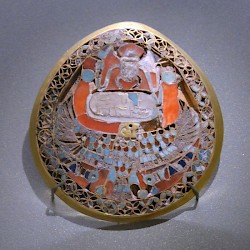 Byblos, Royal Tomb II (Ip-Chemou-Abi), Pectoral
|
 Baalbek, Funerary wreath
|
 Sidon, Bronze Age bottle
|
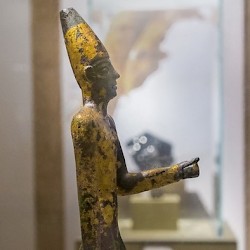 Byblos, Temple with the obelisks, Statuette of a deity
|
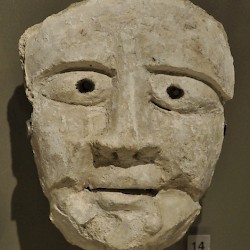 Beirut, Theater mask
|
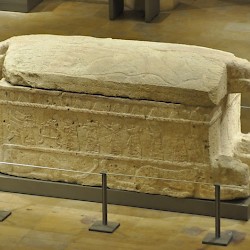 Byblos, Royal Tomb V, Sarcophagus of Ahirom
|
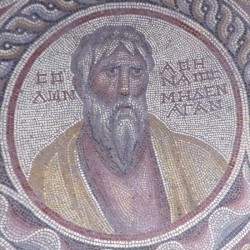 Solon
|
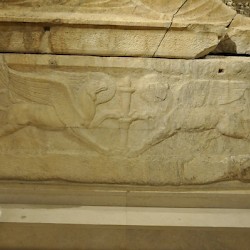 Tyre, Sarcophagus of the Drunken Cupids, back
|
 Byblos, Relief with a hieroglyphic text
|
 Byblos, Inlay with Egyptian lotus flowers
|
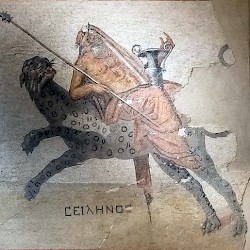 Byblos, mosaic with Silenus
|
 Beirut, Tyche
|
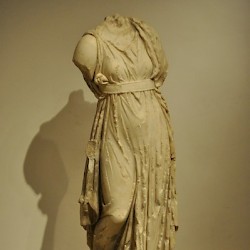 Tyre, Statue of a female deity
|
 Sidon, Bustan esh-Sheikh, Temple of Eshmun, foundation inscription
|
 Byblos, Phoenician funerary inscription
|
 Sidon, Bustan esh-Sheikh, Throne of Astarte
|
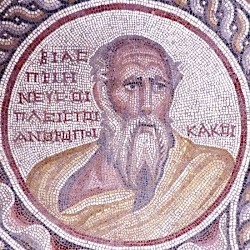 Bias
|
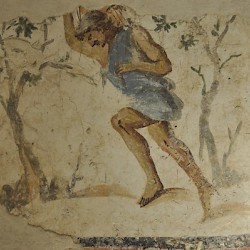 Tyre, Wall painting of a carrier
|
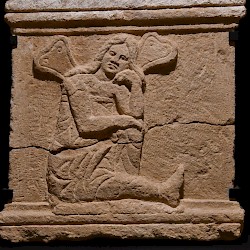 Sidon, Sarcophagus relief of Psyche
|
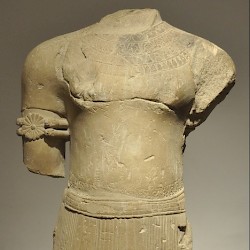 Sidon, Phoenician statue
|
 Tyre, Hellenistic throne of Astarte
|
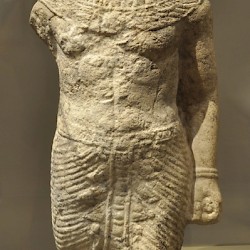 Tyre, Phoenician statue
|
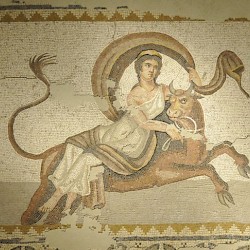 Byblos, mosaic with the abduction of Europa
|
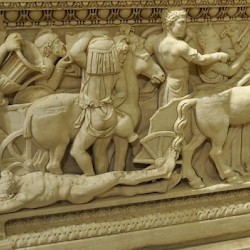 Tyre, Sarcophagus of Achilles: the Corpse of Hector.
|
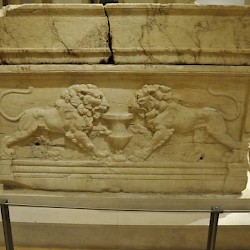 Tyre, Sarcophagus of Achilles: lions
|
 Sidon, Capital of a Persian column
|
 Sidon-Dakerman, Middle Bronze jar
|
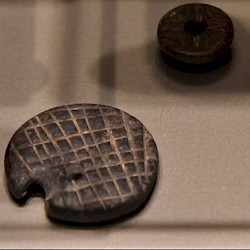 Byblos, Chalcolithic amulets
|
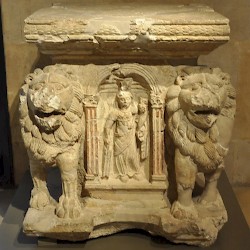 Niha, Roman altar, dedicated to a female deity (Fortuna), with two lions
|
 Tyre, Sarcophagus of Achilles: Washing the Body of Patroclus
|
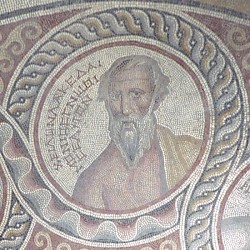 Chilon
|
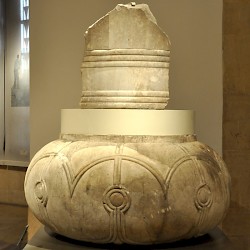 Sidon, Base of a Persian column
|
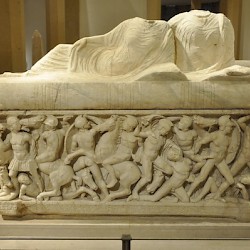 Tyre, Sarcophagus with a Fighting Scene
|
 A big lump, containing some inhomogenuous pieces of ancient glass
|
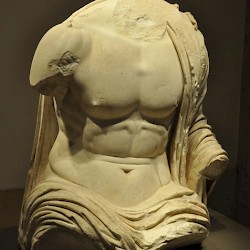 Beirut, Torso of a colossus
|
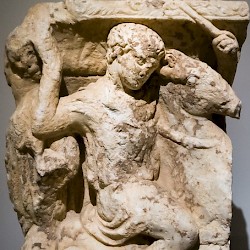 Sidon, Bustan esh-Sheikh, Relief of a horseman
|
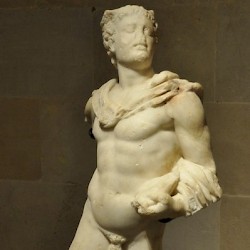 Beirut, Mercury or Hermes
|
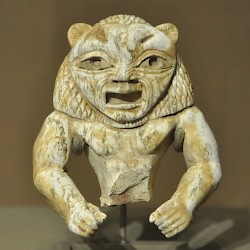 Byblos, Statuette of Bes
|
 Tyre, Sarcophagus of Achilles: killing of a Trojan Captive
|
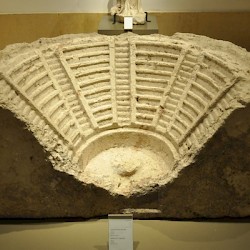 Baalbek, Theater, Model
|
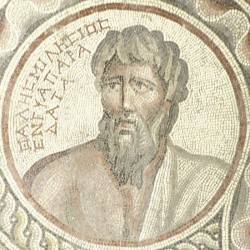 Thales
|
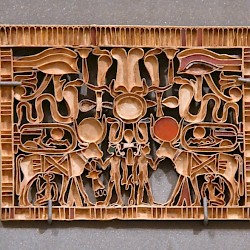 Byblos, Royal Tombs, Pectoral
|
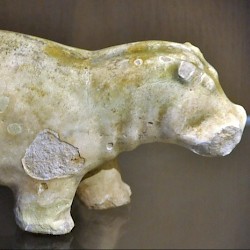 Byblos, Statuette of a hippopotamus
|
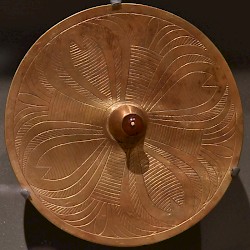 Byblos, Temple with the obelisks, Gold disk
|
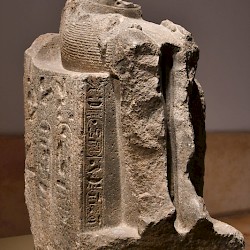 Byblos, Statue of pharaoh Osorkon II
|
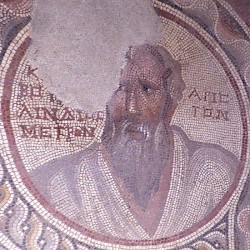 Cleobulus
|
 A murex shell
|
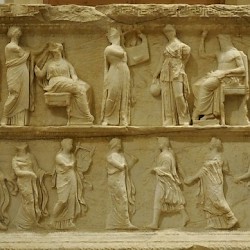 Sidon, Bustan esh-Sheikh, Tribune, Relief with Muses
|
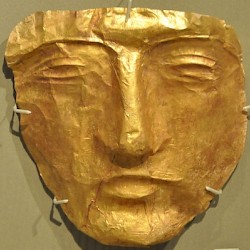 Baalbek, Gold mask
|
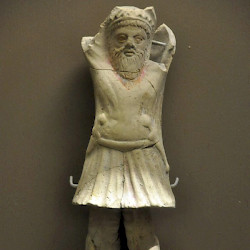 Sidon, Roman doll
|
 Beirut, Envy Mosaic
|
 |


















































